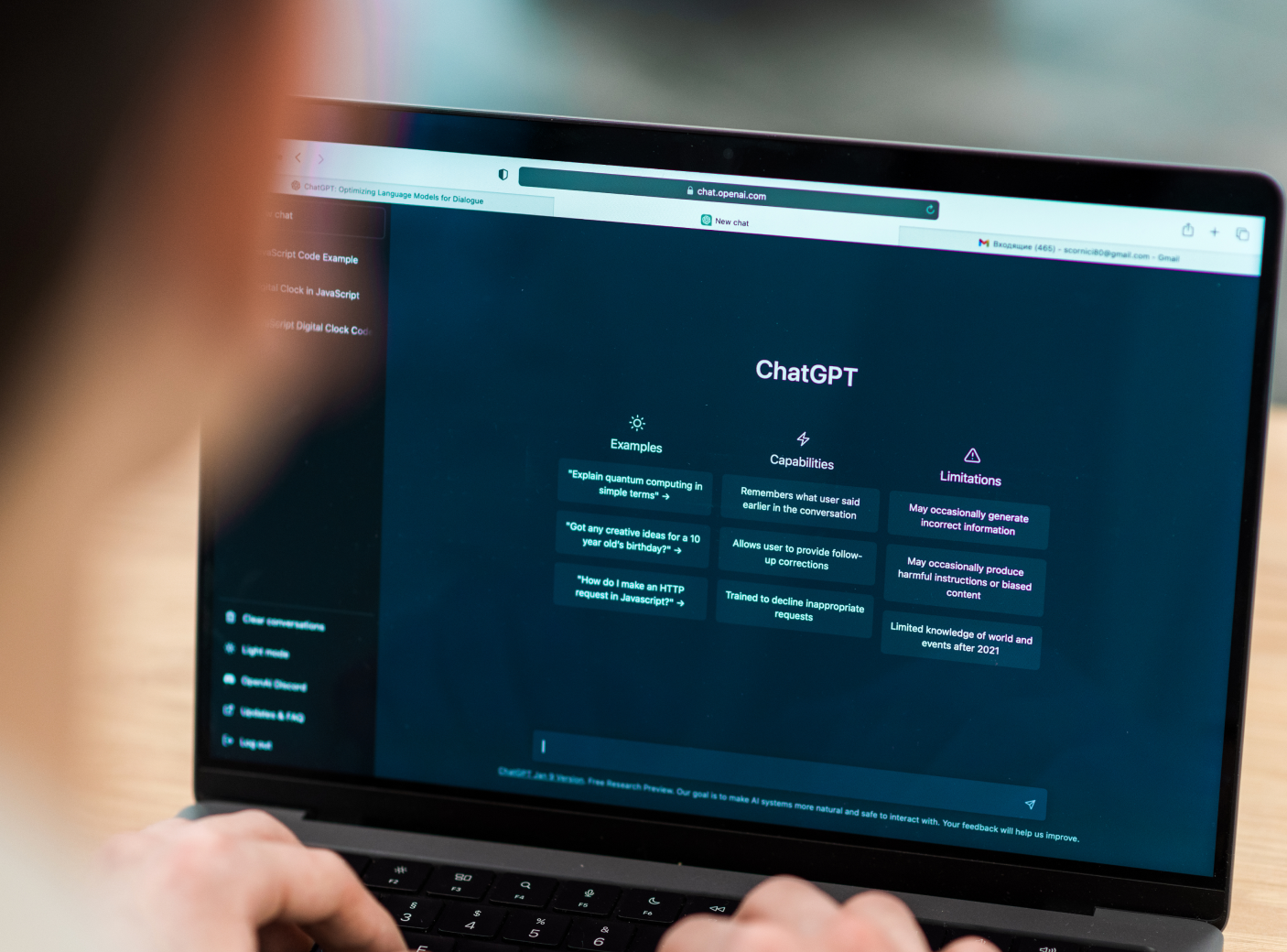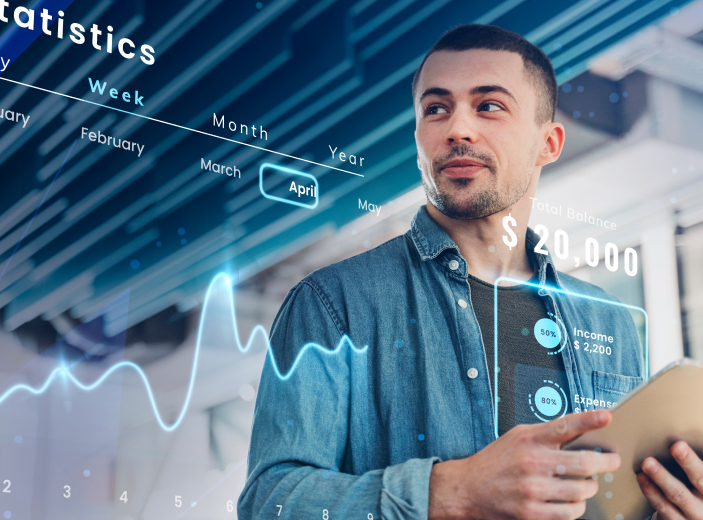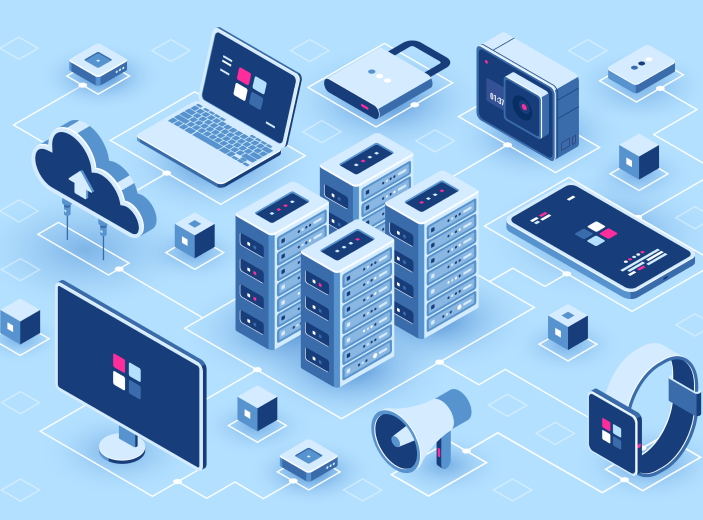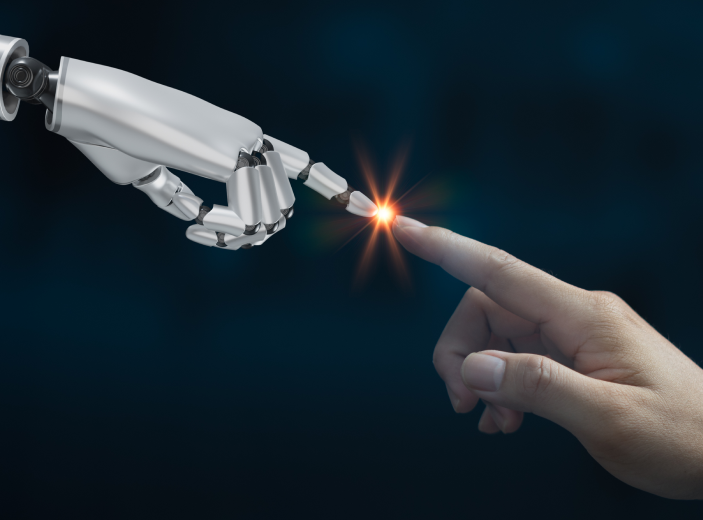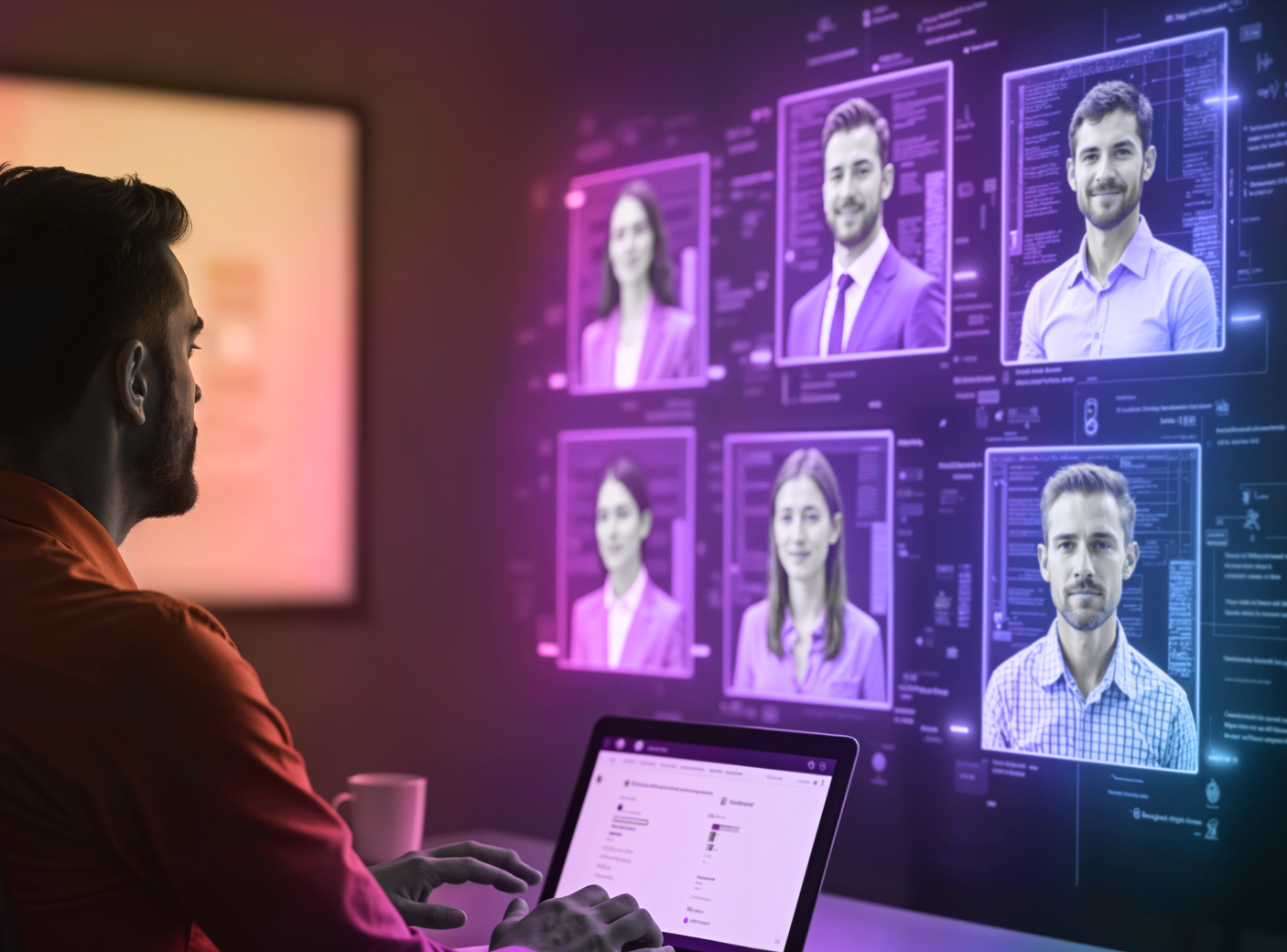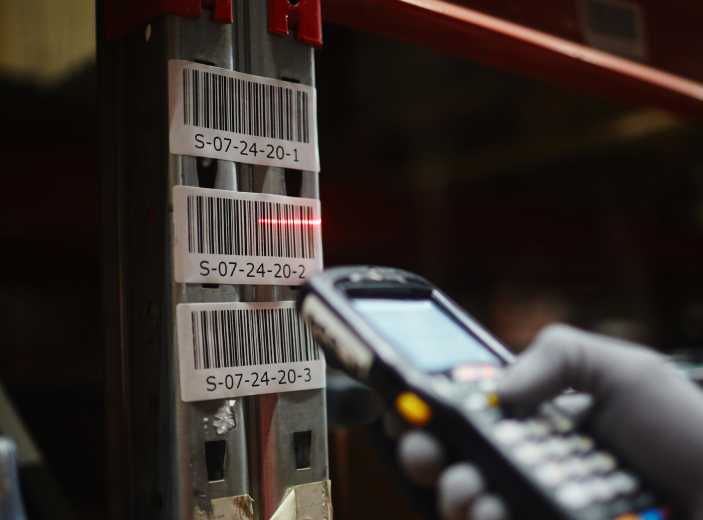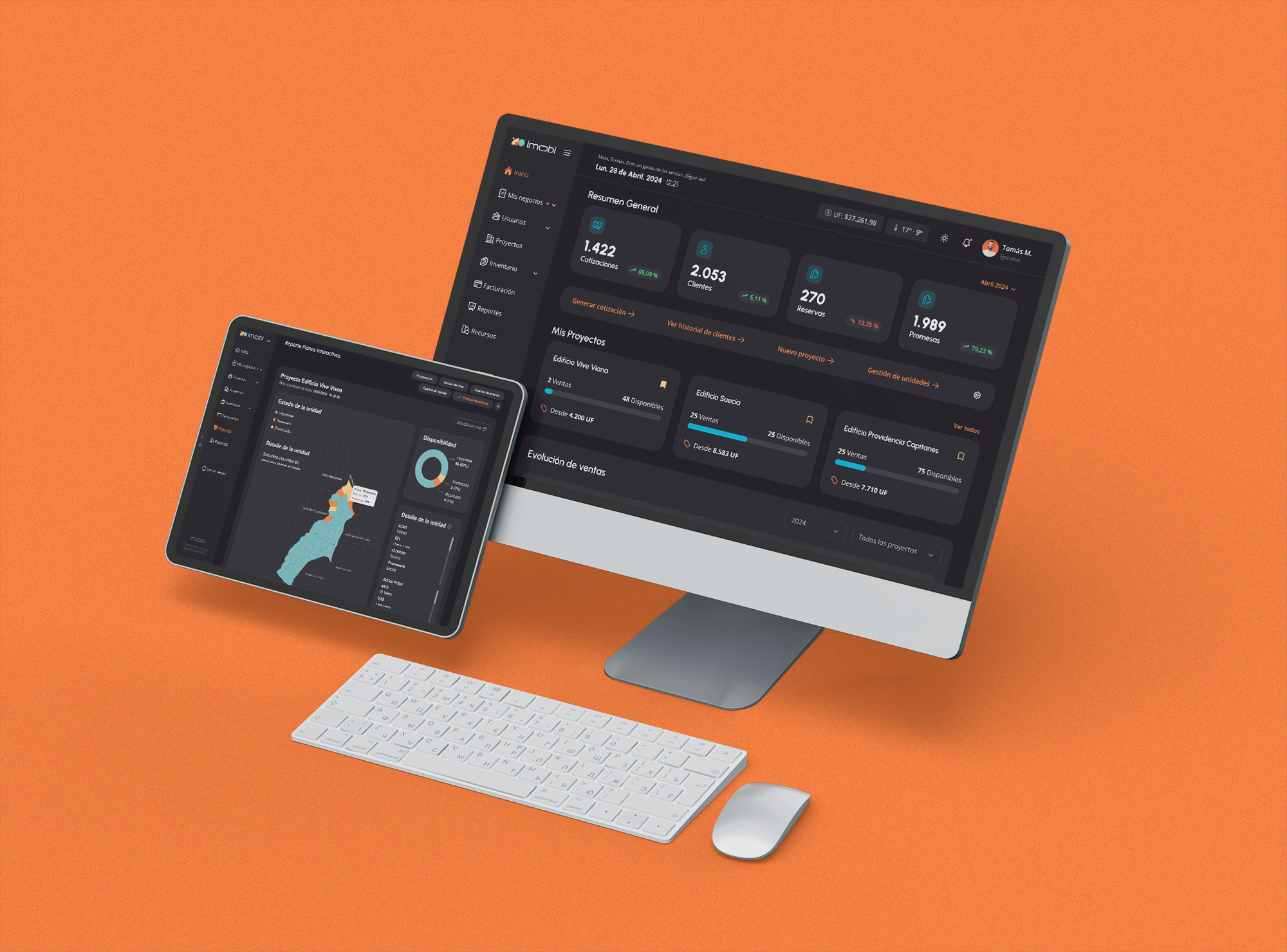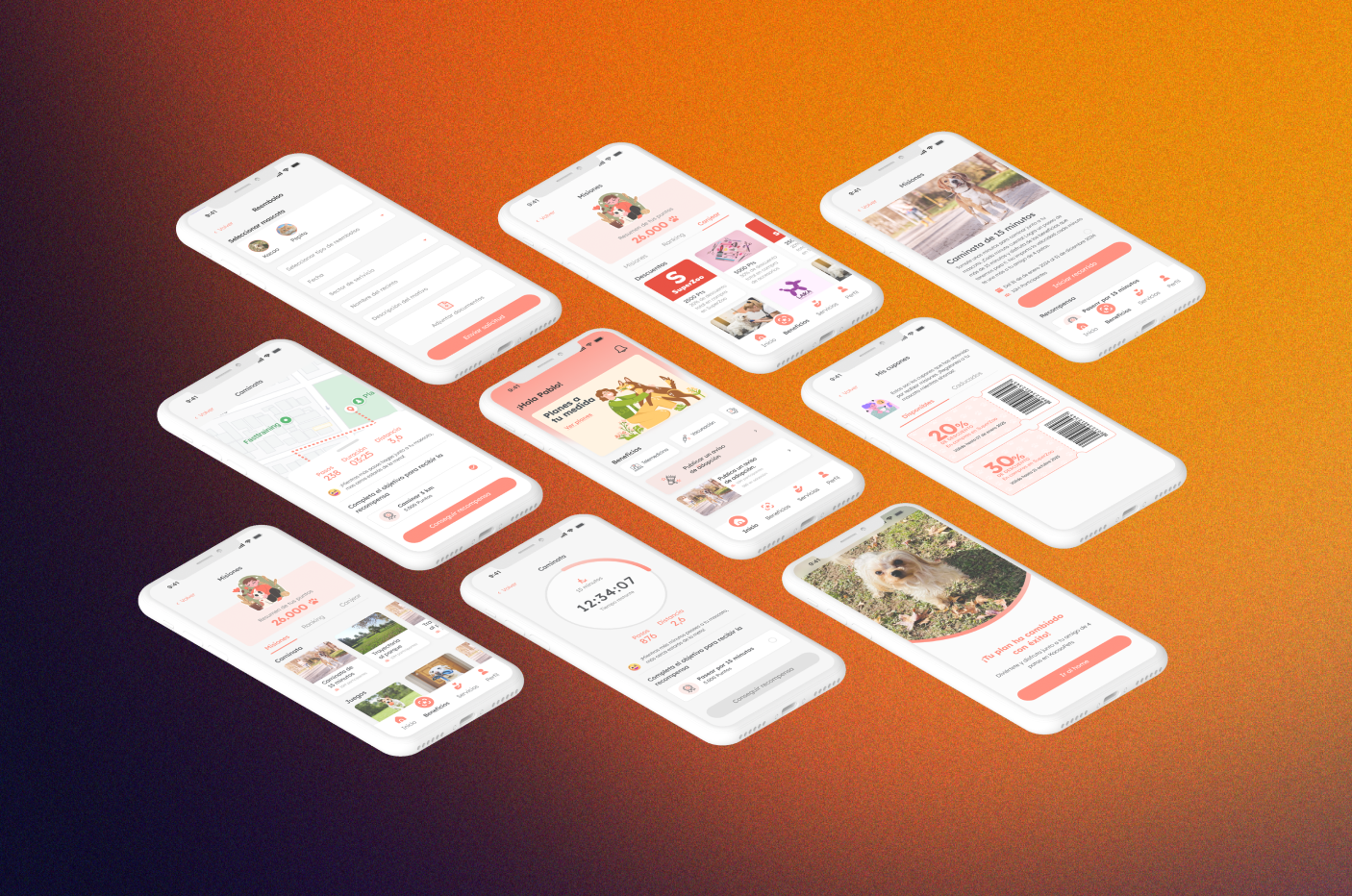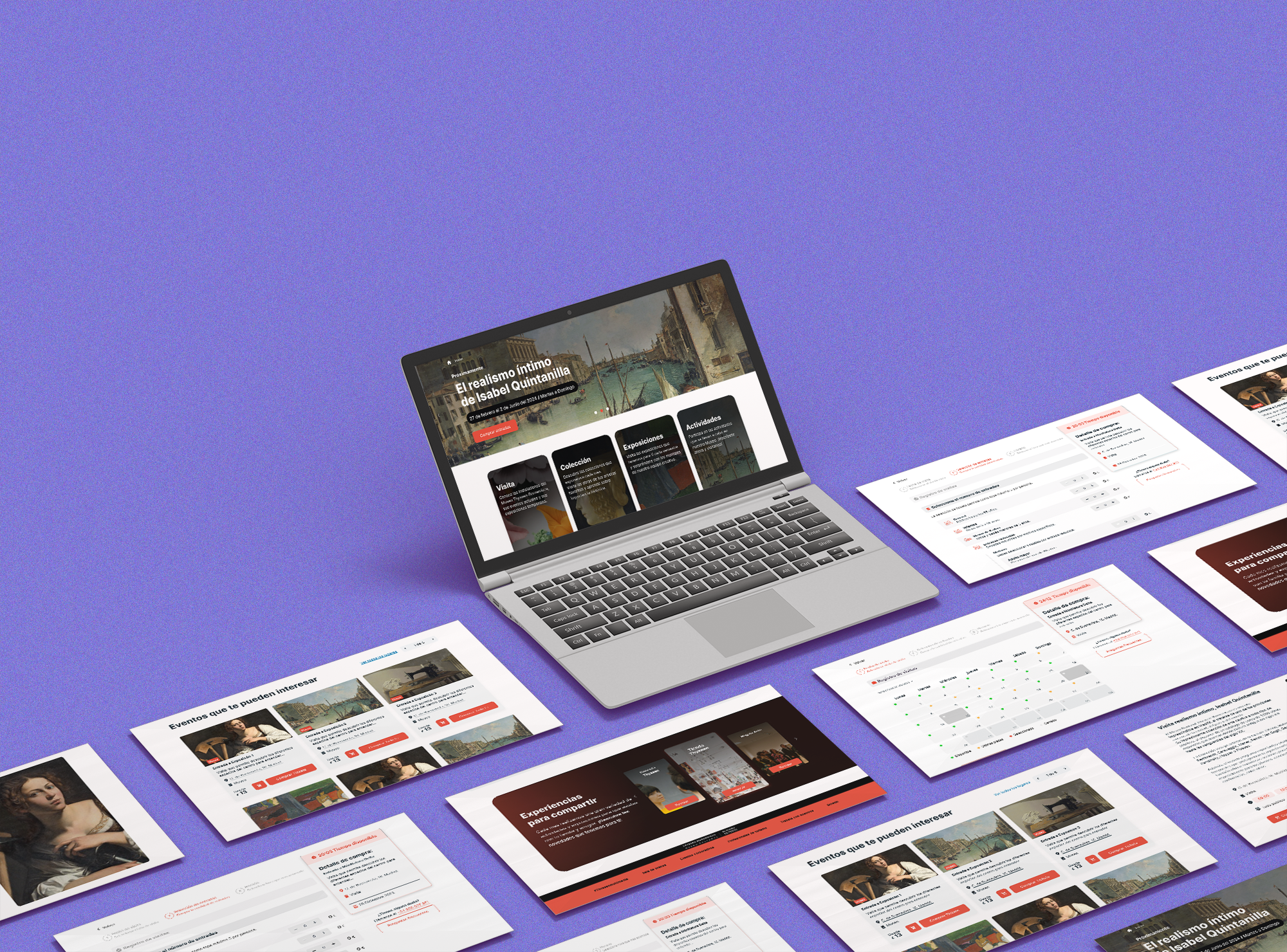Share this article
It was the precursor but opened the doors to a revolution: today there are tools that create podcasts in minutes —with two virtual voices talking about a given text— and even avatars for videos. And often, no other device is needed than a cellphone.
ChatGPT is about to celebrate its anniversary. Two years ago, on November 30, 2022, this AI chatbot was unveiled, performing tasks that seemed impossible until then: creating essays from just a few instructions, writing work emails, generating computer code without the user needing to know programming, and even composing poetry.
Interaction Between AI and Humanity
This evolution has made it possible for AI to function on everyday devices, allowing people to integrate it into their daily activities.
The generative AI revolution (which can create content such as text or images from instructions) began to gain mass adoption, and now it is part of many people’s lives in various applications.
Its growth has been rapid, and what amazed us yesterday is quickly replaced by something even more astonishing the following week.
Cuky Pérez, an economist and data science leader, has been struck by the surprising evolution of MidJourney, a tool for creating images from a prompt or command.
“One and a half years ago, MidJourney was already impressive,” says Pérez. But there were certain difficulties in ensuring the prompts or instructions provided resulted in the desired outcome. “Additionally, certain images, such as human figures, were created with errors,” she adds.
For her, the current version (6.1) “has significantly improved in understanding these prompts,” meaning it better grasps the user’s instructions to achieve the desired result. Moreover, she says, high-quality images are now being produced.
Domingo Mery, a professor at UC’s Faculty of Engineering and a researcher at the National Center for Artificial Intelligence (Cenia), shares this view. “In recent years, both the quality and efficiency of models have improved, allowing for the generation of high-fidelity images and videos with very good resolution.”
Another impressive tool for Pérez is NotebookLM, “which is revolutionizing podcast creation. It allows you to transform documents into podcast-style audio conversations in just minutes,” she adds.
NotebookLM, created by Google, generates podcasts (currently only in English), where two virtual speakers engage in natural conversation on a topic, interrupting, joking, and developing a conversation based on what the user has provided as input: a novel, essay, news article, or even a resume.
In these two years, a key leap for generative AI is that it is now multimodal, explains Rolando Martínez, AI specialist and executive manager at Esfera IA. “In addition to text, they can now describe what’s happening in images and videos automatically,” he says.
This feature allows it to work both ways: it can understand voice commands as well as what appears in an image or video. On the other end of the process, it can generate not just text, but also videos, sounds, and even songs.
“Udio has the ability to generate customized musical compositions, allowing users to describe the music they want in terms of genre, instruments, and other parameters,” says Jaime Caiceo, AI and Data Consulting Partner at EY. Udio generates a song with lyrics that rhyme, instrumentation, and even recognizable parts like a chorus or bridge.
Mery points to tools with great potential. “For example, Sintesia is a platform for creating videos. In these videos, avatars — artificial people — can speak and act according to a script. One writes, for example, a PowerPoint presentation, provides it as input, and the avatar speaks about the presentation content as if it were a human.”
More Personalization
For Pérez, another significant advancement is the ability for users to customize generative AI to create their own GPT models. This allows institutions and individuals to add their own information for the AI to perform tasks, such as a school uploading all its regulations, and a parent consulting the personalized GPT to find out what to do if they need to pick up their child early to go to the doctor.
Martínez mentions the creation of smaller AI models as a major advancement. “This has allowed people to run them on devices like cell phones, personal computers, and workstations, performing most of the tasks they need,” he adds.
“At first, it was said that ‘it hallucinated,'” says Fernando Sánchez, CEO of Fundación País Digital, referring to how generative AI delivered false information by inventing or mixing data. “But as the models have been refined and safeguards implemented, these incorrect or invented responses are becoming less frequent,” he adds.
“In my opinion, the main advance of generative AI has been the high level of democratization achieved in its access. This has allowed for rapid and massive adoption,” Caiceo adds.
